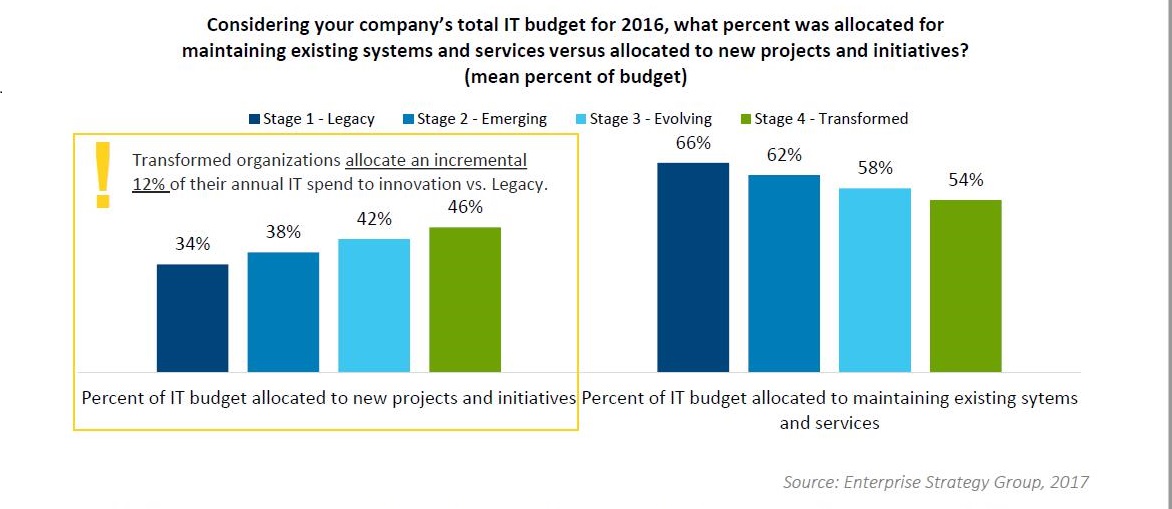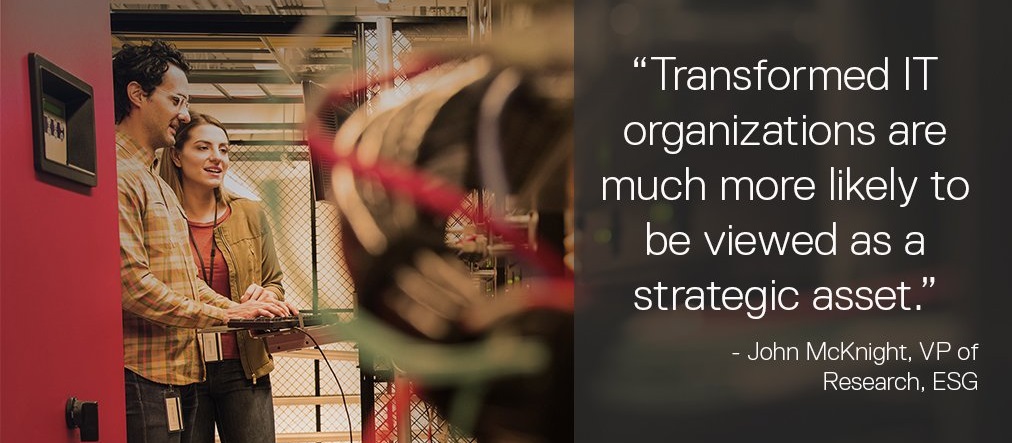One of the primary reasons IT organizations of all sizes have been embracing converged (CI) and hyper-converged infrastructure (HCI) is to reduce both the total cost of acquiring and operating IT. But while pre-integrated or engineered systems offer some obvious benefits in terms of reducing the total cost of ownership for IT infrastructure, it’s not until IT organizations start to rethink how they apply their IT skillsets that truly profound savings and efficiencies start to manifest themselves across the organization.
Beyond reducing the number of vendors needed to build a complete platform, CI and HCI platforms provide a unique moment in time to change the way IT is managed altogether. Rather than continuing to operate compute, storage and networking in isolation from one another, modern integrated systems make it feasible to truly unify the management of both virtual and physical IT resources via a common control plane.
Organizations could obviously employ that unification to reduce their reliance on dedicated IT specialists in favor of less expensive IT generalists to manage the overall environment. But that approach is arguably at best short-sighted. Savvy organizations are taking advantage of integrated systems to cross-pollinate expertise across their IT staffs in a way the enables them to deploy and manage application workloads at unprecedented levels of scale.

Thanks to the rise of everything from mobile computing applications and micro-services to new use cases driven by digital business initiatives and the Internet of Things, the number of workloads being deployed by the average enterprise is increasing exponentially. Hiring and retaining the IT personnel that would be required to support that level of expansion using legacy infrastructure is economically unsustainable for most organizations. Integrated systems provide the framework through which IT organizations as they are presently sized can effectively support a much larger ratio of workloads per IT staff member.
Just as critically important, savvy IT leaders also view the unification of IT infrastructure management as critical means to injecting IT agility into their organizations. IT personnel capable of collectively allocating compute, storage and networking resources can respond faster to both spike in developer demand for infrastructure resources as well as changing business conditions. The days when it took a few minutes to provision a virtual machine, but weeks to provide a network connection have mercifully coming to an end.
In fact, many organizations are already starting to recognize the significance of that shift. A report published by 451 Research shows that 41 percent of large enterprise IT organizations with 10,000 or more employees plan to evolve how their IT teams are organized. It’s only a matter of time before smaller IT organizations looks to take advantage of similar economic benefits.

And truth be told, most IT personnel are excited about that change because the expansion of their skillsets it enables create an opportunity to increase their value to an organization that is going to be less inclined to consider outsourcing alternatives that eliminate their positions.
IT leaders that have adopted integrated systems are clearly the early beneficiaries of advances in IT infrastructure management that many have felt are long overdue. Deploying and managing isolated stacks of compute, storage and networking resources makes neither technological nor economic sense. Integrated systems delivered by a single trusted partner are rewriting the formulas that organizations use to calculate the return on investment (ROI) in IT. As that process continues to occur, many of those same IT leaders are discovering that given all the tradeoffs and hidden costs associated with deploying application workloads in a public cloud, the number of workloads that it makes financial sense to deploy in a public cloud is starting to considerably shrink.
Application workloads, much like water, always seek their own level. The better the performance experience the greater the percentage of workloads that typically wind up running on a specific platform. In the case of integrated systems, it’s now feasible to more affordably move workloads much closer to the point where end users are consuming the application. The more latency sensitive a workload is the more sense it makes to deploy on premise. The laws of physics associated access applications across a wide area network are not likely to ever be suspended. What is changing is the operational model used to locally deliver IT services is transforming in a way that makes the internal IT organization into the most efficient provider of IT services for their organization bar none.